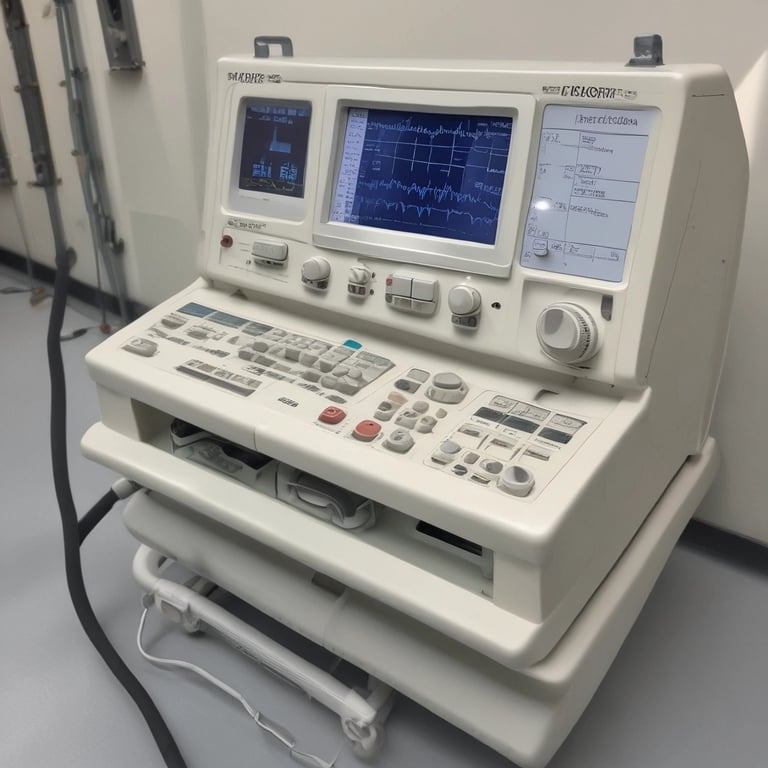Choosing the Right Anesthetic Monitor: A Comprehensive Guide for Anesthesiologists
4/6/20252 min read


Introduction to Anesthetic Monitoring
Anesthetic monitoring is a critical aspect of patient care in the surgical environment. The choice of the right anesthetic monitor plays a vital role in the accurate assessment of a patient's physiological status during procedures. As anesthesiologists, it is imperative to evaluate various anesthetic monitoring devices based on their accuracy, ease of use, and clinical relevance. This guide aims to provide insights into selecting the most suitable anesthetic monitor for your practice.
Key Features to Consider
When choosing an anesthetic monitor, there are several key features that should be of utmost importance. Firstly, accuracy is critical; the monitor must provide real-time data that reflects the patient’s vitals accurately. Monitoring devices should offer reliable measurements of parameters such as heart rate, blood pressure, oxygen saturation, and carbon dioxide levels.
Ease of use is another essential attribute. An anesthetic monitor that is challenging to operate can potentially impede patient care during critical moments. Therefore, consider devices with intuitive interfaces and clear displays, which facilitate quick access to vital information during procedures.
Furthermore, clinical relevance cannot be overlooked. The chosen device should provide data that is pertinent to the types of surgeries performed in your facility. Consider the typical patient population and the anesthetic techniques utilized. For example, high-risk patients may benefit from advanced monitoring capabilities, including bispectral index (BIS) monitoring for assessing sedation levels.
Enhancing Patient Safety
The ultimate goal of an anesthetic monitor is to enhance patient safety. Investing in a high-quality device can lead to improved outcomes and reduced complications during surgery. With advancements in technology, many modern monitors come equipped with alarms and alerts, which serve as crucial decision-making tools during anesthesia.
Moreover, continuous education on the functionality and features of these devices is essential. Attend workshops and training sessions to stay informed about the latest advancements in monitoring technologies. This not only equips you with the knowledge to use the devices effectively but also enhances your ability to respond proactively to any physiological changes noted on the monitor.
Conclusion
In conclusion, selecting the right anesthetic monitor is paramount for anesthesiologists. By evaluating devices based on accuracy, ease of use, and clinical relevance, practitioners can ensure the safety and wellbeing of their patients during surgical procedures. A thoughtful approach to choosing monitoring devices fosters a safer anesthetic environment and ultimately contributes to positive surgical outcomes. As technology continues to evolve, staying abreast of new developments in anesthetic monitoring will further enhance your practice and patient care.
